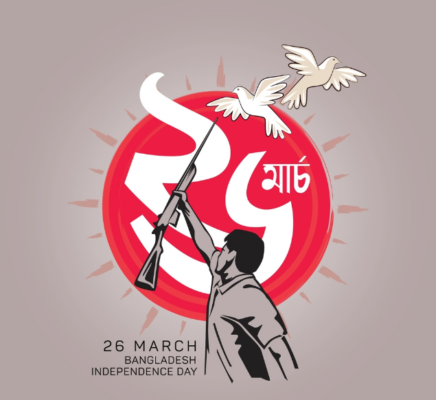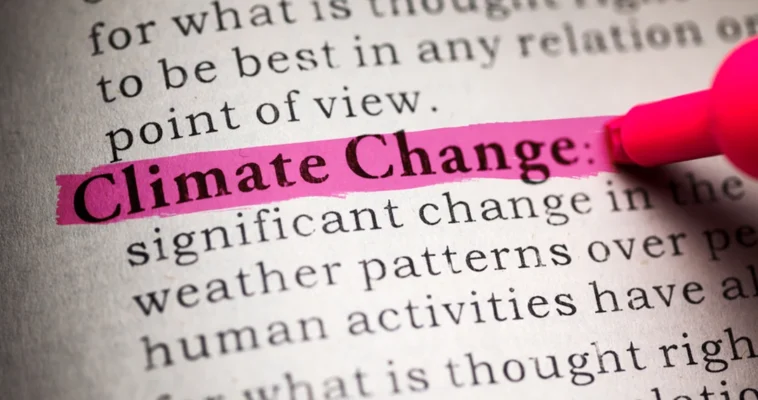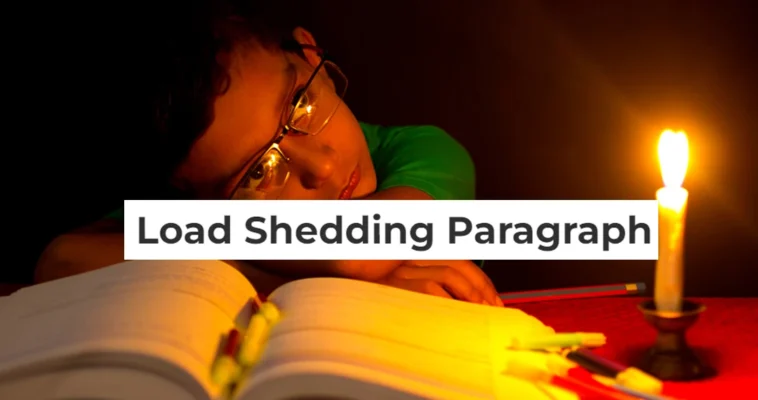Authentic Thai Satay Recipe: Make Restaurant-Quality Satay at Home
If you’re a fan of Southeast Asian street food, Thai satay is a must-try! These [...]
Apr
LEVOIT Smart Humidifier Review: The Best Cool Mist Humidifier for Bedroom, Baby & Plants in 2025
If you’re searching for the best smart humidifier for your home, look no further than [...]
Apr
International Mother Language Day Paragraph in 500, 300, 200 Words
Every year on the 21st of February, people celebrate International Mother Language Day, which aims [...]
Apr
Independence Day Paragraph for SSC & HSC Exam
The Independence Day of Bangladesh is celebrated on the 26th of March as a national [...]
Apr
নতুন মডেলের খাটের ডিজাইন ছবি – সিম্পল, বক্স, সেমি বক্স, আধুনিক ও স্টাইলিশ ২০২৪
সুন্দর খাটের ডিজাইন আপনার বেডরুমের সৌন্দর্য বহুগুণে বাড়িয়ে তুলে। রুচিশীল মানুষের পছন্দের তালিকায় শীর্ষে থাকা [...]
Mar
১০০+ মেহেদী ডিজাইন পিক – সিম্পল, নরমাল, গর্জিয়াস, হাতের তালু ও পায়ের ইউনিক মেহেদী ডিজাইন
সুন্দর মেহেদী ডিজাইন করার জন্য প্রথমে সেরা কিছু স্যম্পল বাছাই করা প্রয়োজন। নতুনদের জন্য সিম্পল [...]
Feb
Climate Change Paragraph in 500, 300, 200 words for all exams
Climate change is now a global crisis. With the rising population, it has become a [...]
1 Comments
Feb
A Journey by Train Paragraph in 500, 300, 200 words for all exams
For a traveler and a nature lover, a good journey is always exciting and knowledge-enriching. [...]
Feb
Load Shedding Paragraph in 500, 300, 200 words for all exams
Load-shedding in Bangladesh brings significant challenges and burdens among all phases of people. The solution [...]
Feb
মেয়েদের পিক – প্রোফাইল পিক ও পিক তোলার স্টাইল কপিরাইট ফ্রি ডাউনলোড করুন
যারা মেয়েদের পিক গুলো ফেসবুকে প্রোফাইল পিক বা ভিডিও ব্লগ অথবা অন্যান্য কাজে ব্যবহার করার [...]
Feb
- 1
- 2










